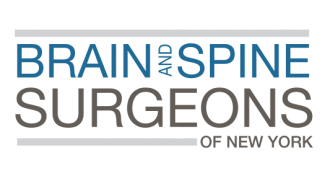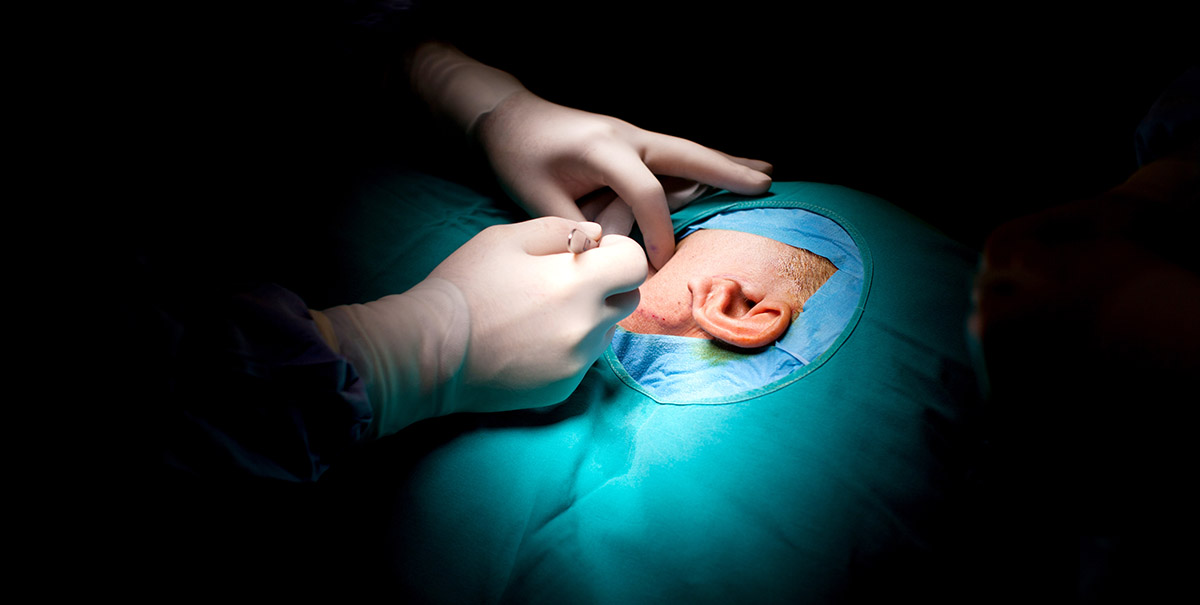
Ménière’s Disease Surgery
If vertigo attacks are not controlled by conservative measures and are disabling, one of the following surgical or interventional procedures might be recommended:
Intratympanic treatment, also known as chemical labyrinthectomy, is an office procedure in which medicine, such as steroid or gentamicin, is injected into the middle ear. Gentamicin is an antibiotic that causes a partial loss of balance function in the treated ear, controlling vertigo in about three-quarters of cases and usually preserving hearing. Apart from a period of disequilibrium that can occur as the patient adjusts to the new level of balance function, this treatment is usually very well tolerated. It is also significantly simpler and less invasive than other surgical treatments.
The endolymphatic sac shunt procedure is an ear operation that is usually preserves hearing. Attacks of vertigo are controlled in three-quarters of cases, but control may not be permanent in all cases. Patient satisfaction with this procedure is 92 percent.
Postoperative recovery time is short and straightforward. Selective vestibular neurectomy is a procedure in which the balance nerve is cut as it leaves the inner ear and goes to the brain. Vertigo attacks are permanently cured in a high percentage of cases, and hearing is preserved in most cases. This procedure involves a craniotomy (opening into the skull) and is performed by a neurosurgeon.
Labyrinthectomy and eighth nerve section are procedures in which the balance and hearing mechanism in the inner ear are destroyed on one side. This is considered when the patient with Ménière’s disease has poor hearing in the affected ear. Labryrinthectomy and eighth nerve section result in the highest rates for control of vertigo attacks.










